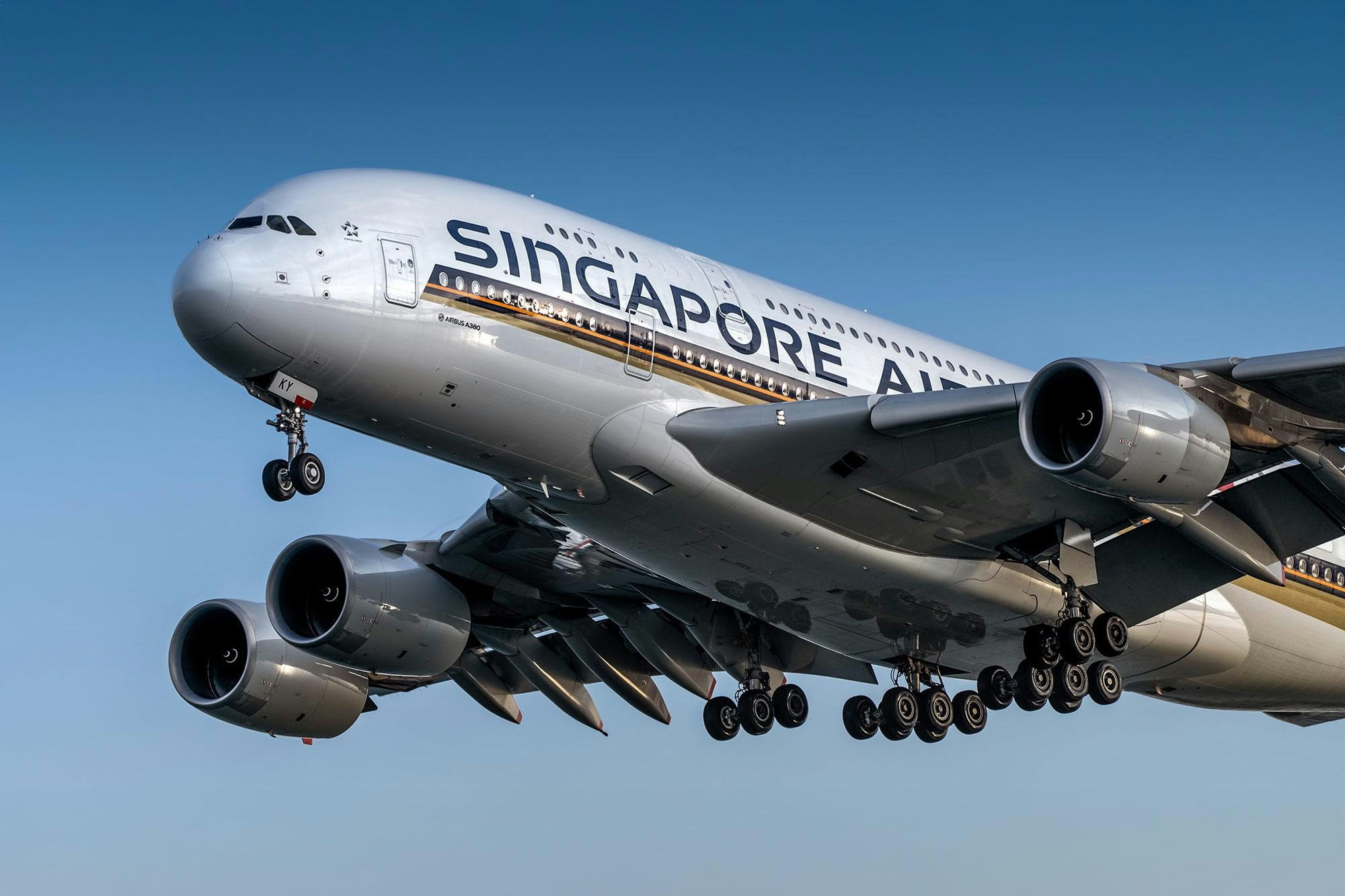
AeroGenie — Seu copiloto inteligente.
Tendências
Categories
The Collapse of Russia’s Aviation Sector and Its Global Impact
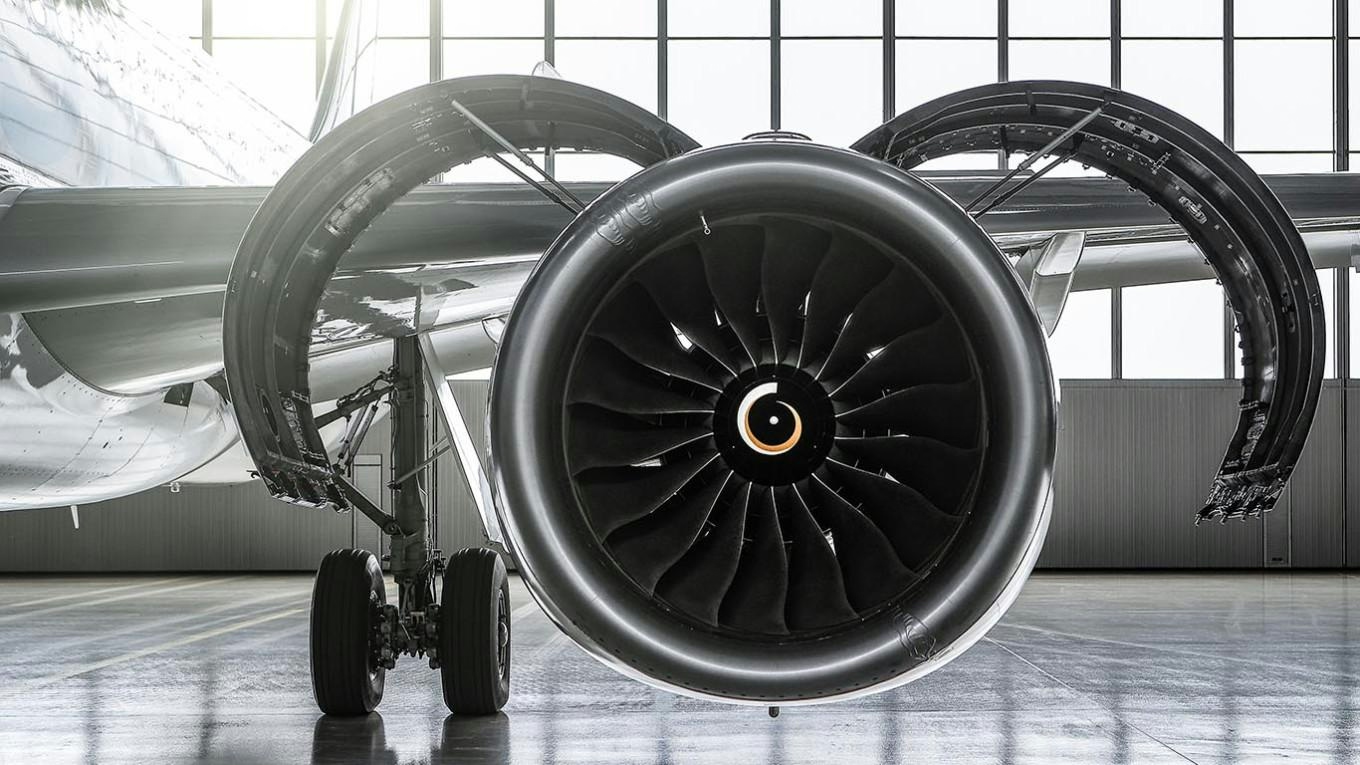
The Collapse of Russia’s Aviation Sector and Its Global Impact
Russia’s aerospace industry is undergoing a profound crisis, driven by the combined pressures of international sanctions, chronic underinvestment, and escalating operational challenges. Initially, efforts to achieve self-sufficiency following the imposition of sweeping sanctions in 2022 aimed to stabilize the sector. However, these initiatives have instead precipitated a systemic breakdown with significant economic, technological, and security ramifications. The repercussions extend beyond Russia’s borders, sending shockwaves through global supply chains, sanction enforcement mechanisms, and the competitive dynamics of the aerospace market, particularly as China’s COMAC emerges as a tentative alternative.
Russia’s Aerospace Ecosystem: A System in Crisis
Attempts to localize Russia’s aerospace supply chain have largely failed to meet expectations. Despite a 22% reduction in the budget allocated to the Aircraft and Helicopter Production federal project for 2025, the sector has delivered only five aircraft since 2022—an output drastically short of the 1,000-unit target set for 2030. The Comprehensive Program for Aviation Industry Development (KPGA) has been halved, and official assertions from state conglomerate Rostec claiming “unaffected production” are contradicted by a 45 to 70 percent increase in domestic aircraft costs. These cost surges are attributed to inflated prices for components and improvised solutions to replace unavailable Western parts.
Decades of insufficient investment in engineering and research and development, compounded by the diversion of critical resources to the defense sector, have left Russia’s technical capabilities severely diminished. Anatoly Gaydansky of Aerocomposite highlights that Russia’s electronic component base lags “years behind global standards,” signaling not just a slowdown but a collapse in technical capacity. Recent incidents have further exposed these vulnerabilities. Aeroflot, the country’s flagship airline, was compelled to cancel flights following a cyberattack, causing operational disruption and market uncertainty. Additionally, the crash of Angara Airlines’ An-24 turboprop in the Far East has intensified scrutiny of Russia’s aging fleet and fragile aviation infrastructure. These events underscore the sector’s instability and raise concerns about broader economic consequences, potentially prompting strategic recalibrations among international competitors.
Western Aerospace Firms: Navigating the Fallout
The impact on Western aerospace suppliers has been immediate and severe. Russia’s VSMPO-AVISMA, the world’s largest titanium producer, has been effectively cut off from Western markets. Boeing and Airbus, which previously sourced approximately 30% and 50% of their titanium from VSMPO respectively, are urgently seeking alternative suppliers. Japanese and American companies such as Osaka Titanium and Allegheny Technologies have stepped in to fill the gap, yet Europe’s limited domestic capacity leaves Airbus and Safran particularly vulnerable.
Beyond titanium, Western firms are confronting delays in the supply of electronic components and landing gear systems as Russian manufacturers struggle to substitute Western inputs. This situation poses a risk of production bottlenecks at major aerospace companies including Boeing, Airbus, and Rolls-Royce. The mandatory 12-month qualification period for new suppliers serves as a cautionary indicator; any further delays could trigger cascading disruptions throughout the global aerospace supply chain.
Sanctions, COMAC, and the Search for Alternatives
China’s COMAC has surfaced as a potential alternative to Western aerospace suppliers, though its capabilities remain constrained. The C919 jet, with only 20 deliveries to date, continues to rely heavily on Western engines and avionics. U.S. export restrictions have postponed the development of COMAC’s domestic CJ-1000A engine program until at least 2030. Meanwhile, the C929 widebody project, now fully under Chinese control following Russia’s withdrawal, faces an uncertain and protracted timeline.
COMAC’s reliance on Western expertise is further evidenced by its partnerships with HAECO and Liebherr-Aerospace for maintenance services. Although a 2025 Roland Berger report suggests that global aerospace resilience is improving, COMAC’s trajectory remains fraught with geopolitical tensions and supply chain vulnerabilities.
Outlook
Russia’s aviation sector is in a state of freefall, with operational failures and infrastructural weaknesses exacerbating the effects of sanctions and chronic underinvestment. The global aerospace industry is entering a period of significant adjustment as supply chains realign and new vulnerabilities come to light. For investors and industry leaders, maintaining vigilance and adaptability will be essential as the sector confronts this unprecedented disruption.

Biman Faces Worsening Fleet Shortage Amid Leasing Challenges
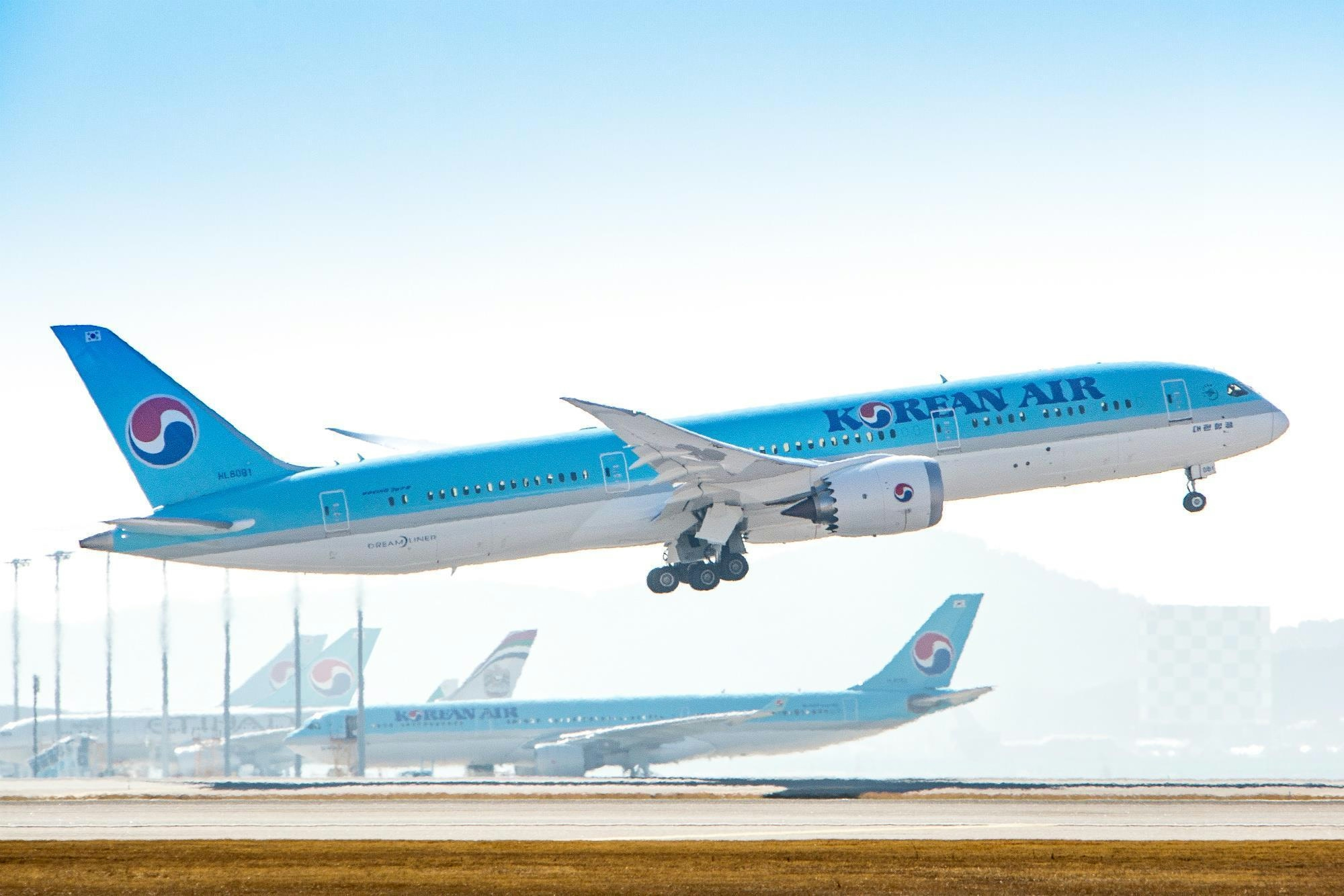
South Korea’s Eastar Jet Plans to Acquire Boeing 787s by 2027
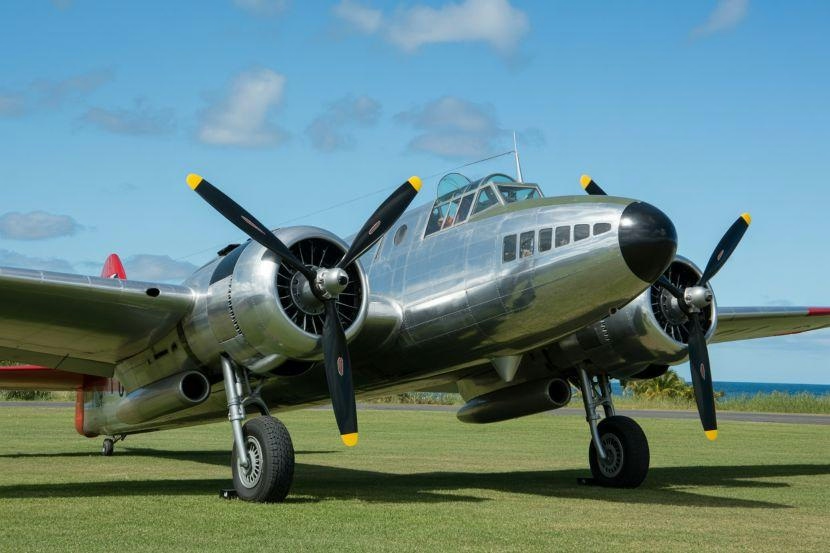
Clay Lacy Honored for Lifetime Achievement at Pearl Harbor Aviation Museum

VSE Acquires Aero to Expand Aviation Services
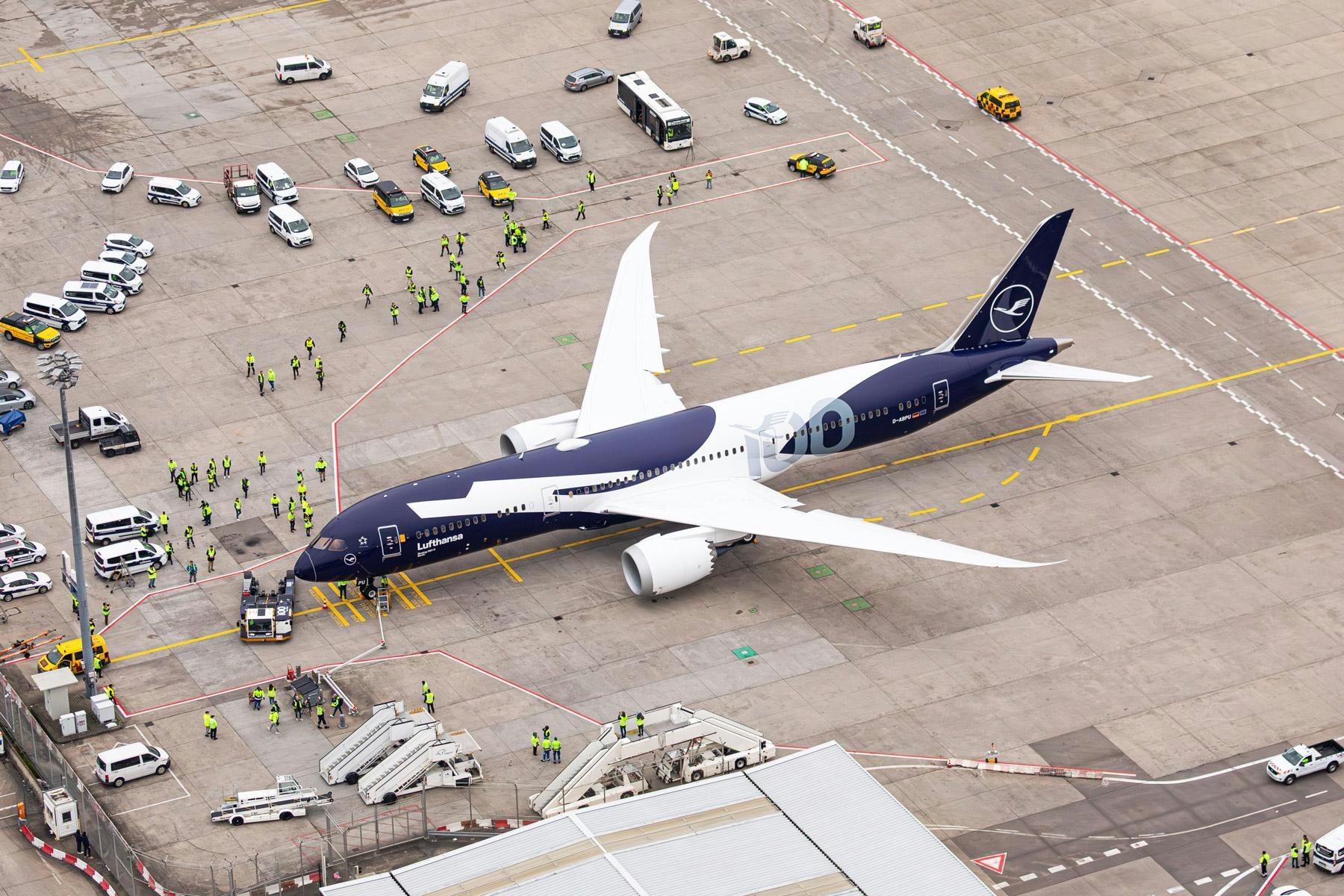
Lufthansa Receives First Boeing 787 on Anniversary
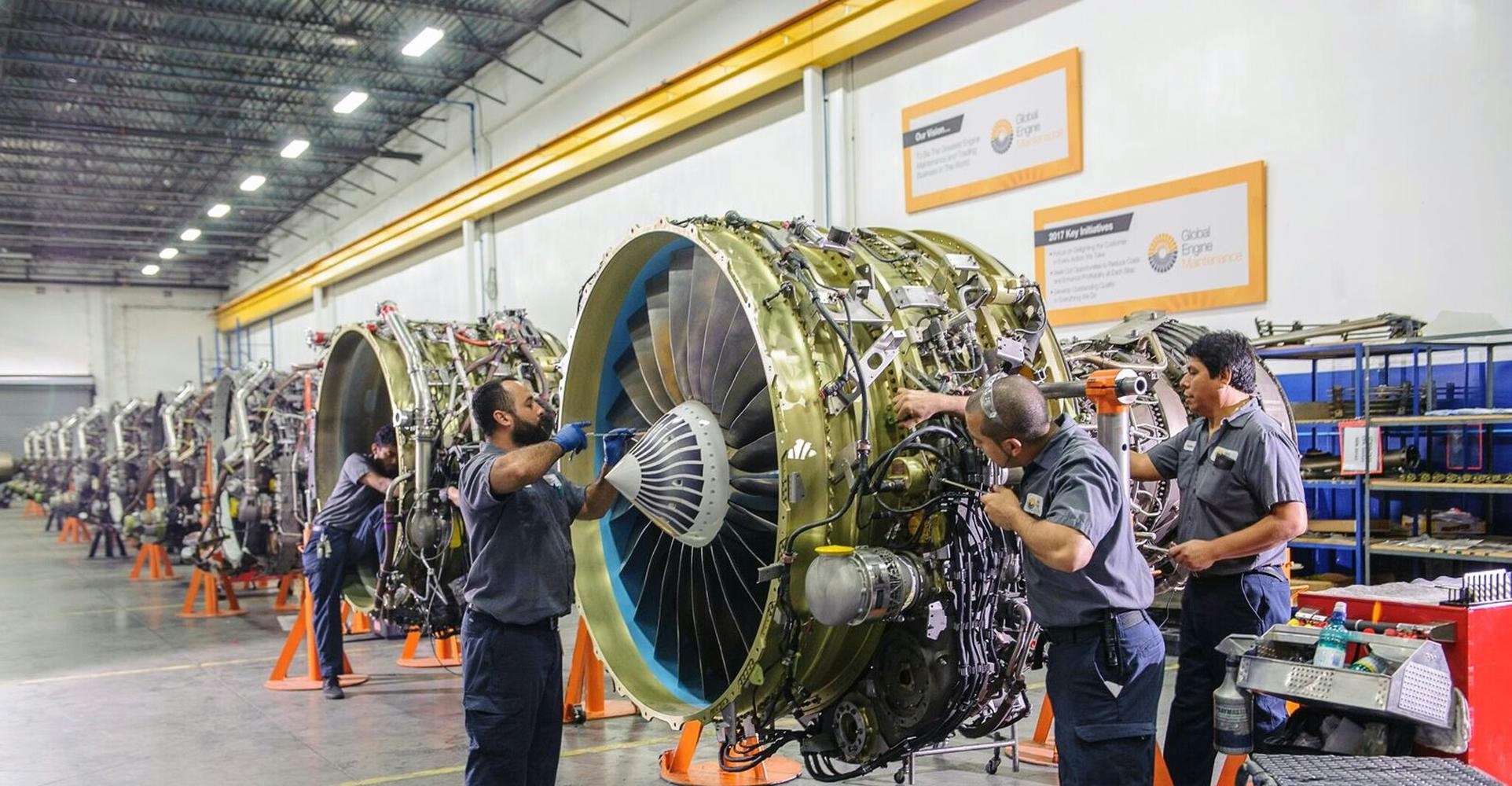
Willis Lease Finance Secures $600 Million Aviation Partnership
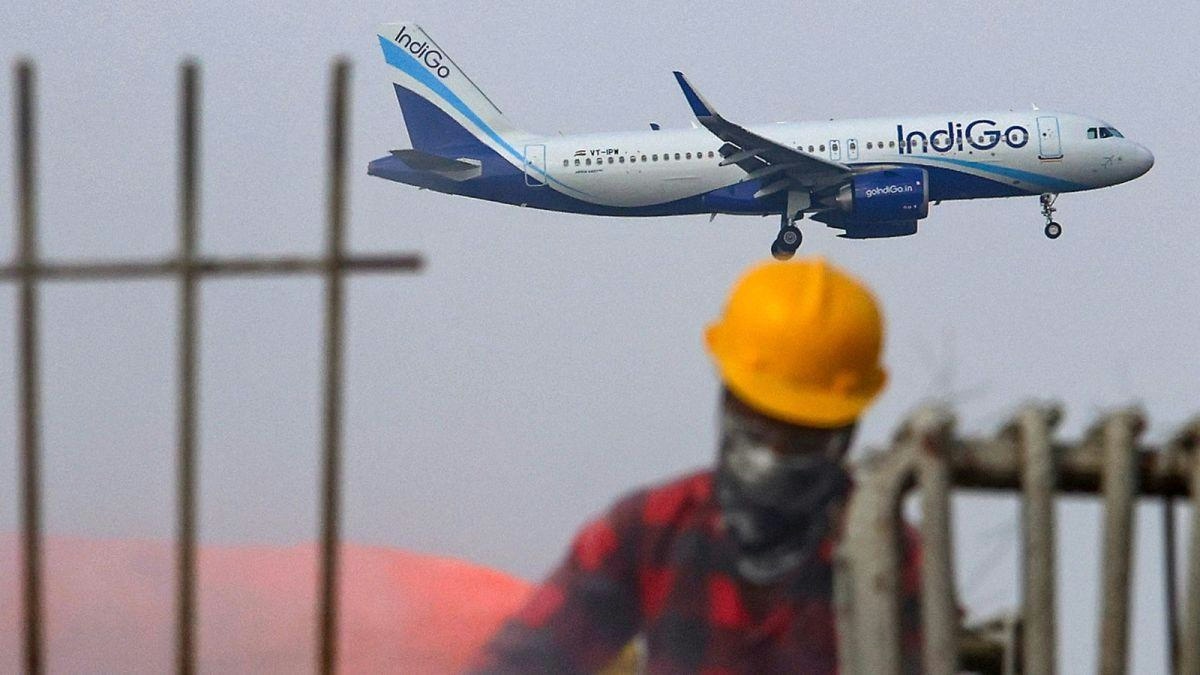
IndiGo to wet-lease 7 aircraft from Qatar Airways and Freebird to boost domestic capacity

Howmet’s $1.8B CAM Deal Targets the Aerospace Supply Chain’s Pressure Points

AI-Driven Airline Pricing Adds to Holiday Travel Stress
